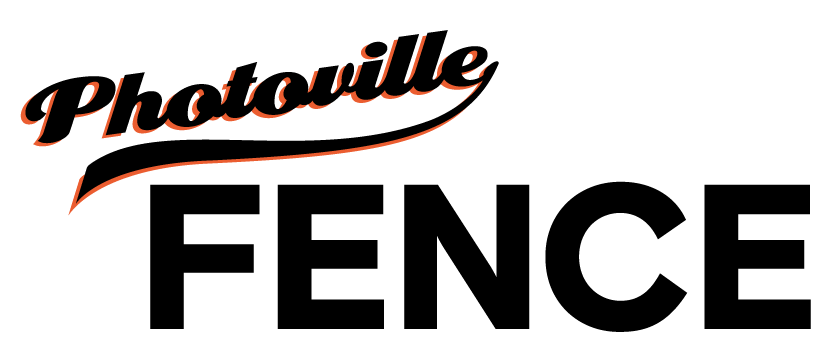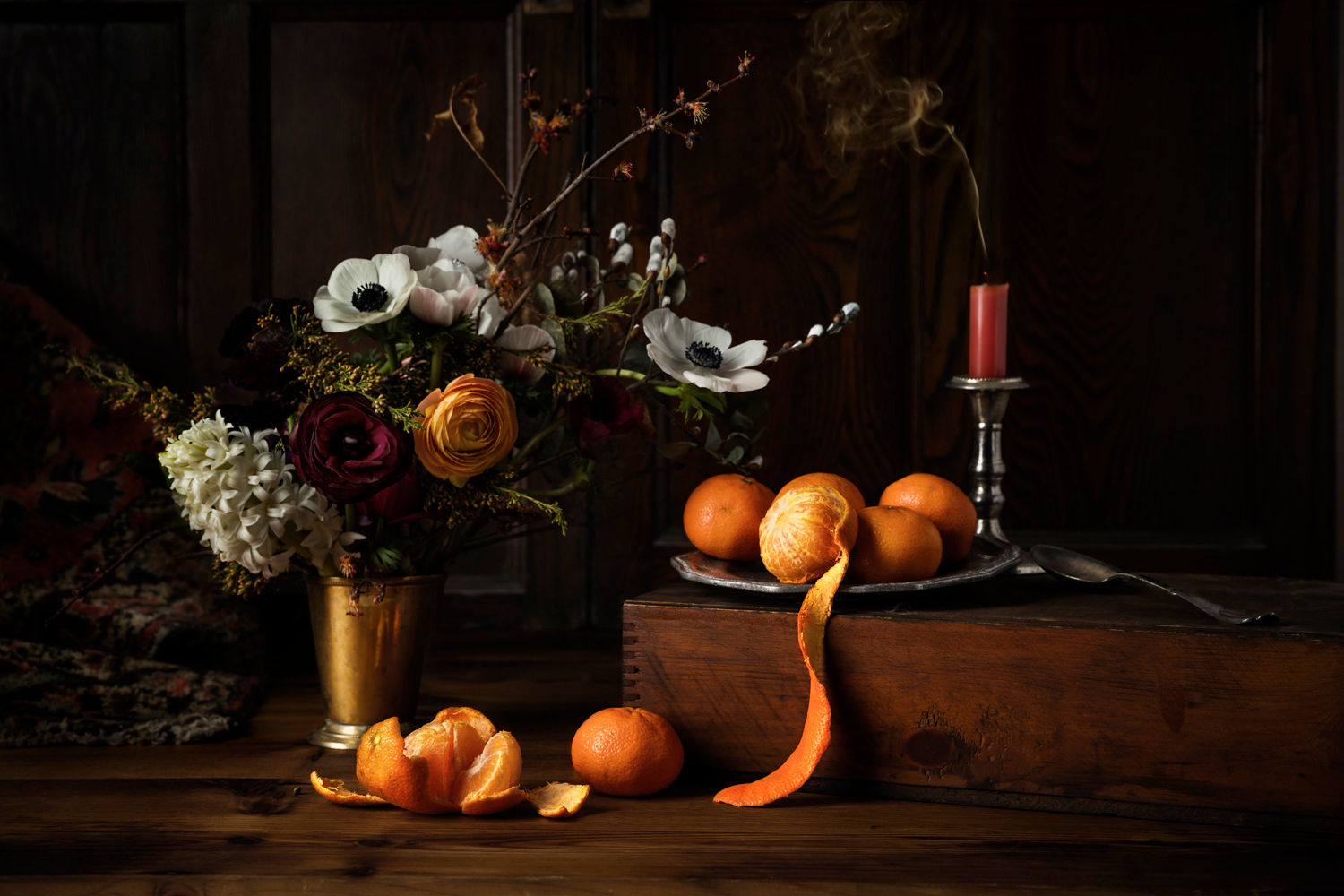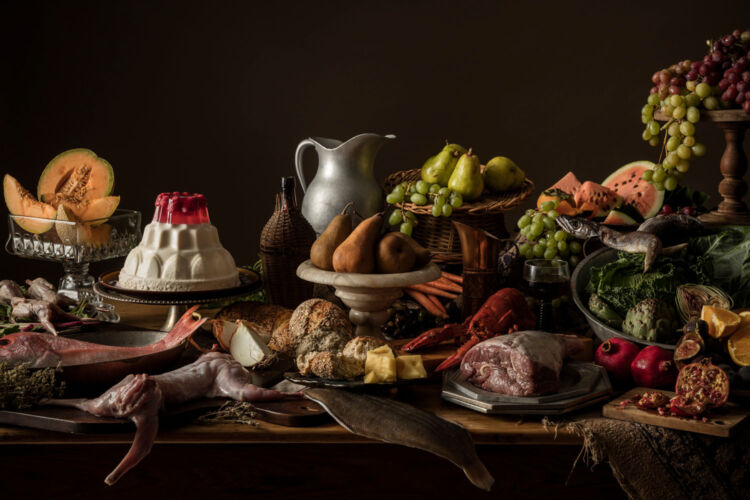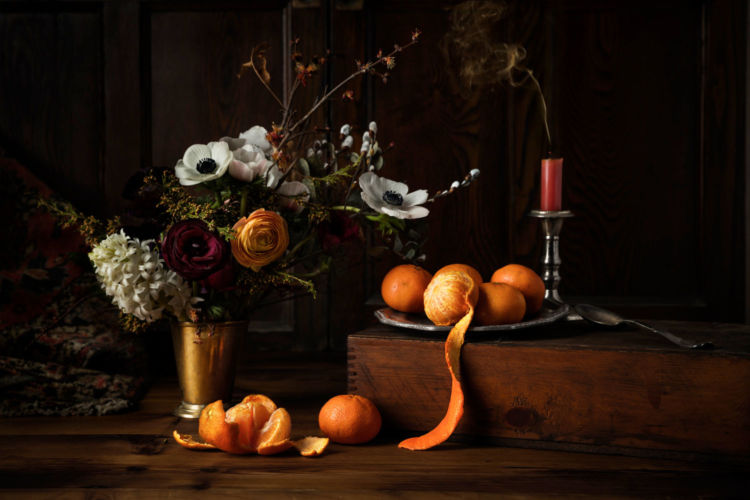project STATEMENT
I recently killed a chicken, a guinea hen, and two roosters for art.
Or to be very accurate, a halal butcher actually killed the birds. I only picked them out and paid for their slaughter with my ATM card.
My job normally is to make food look mouth-watering, visually appealing and, most important, saleable. I’m the guy you can blame for “hey, my burger doesn’t look like the one in the commercial,” or “my microwaved meal doesn’t look as good as the picture on the box.” And you’d be right. Much of the time the food that I use for beautiful advertising photographs is not edible because of the hours of time it has been meticulously manipulated, manicured, and mauled.
The one chicken that becomes a work of art–-that is then prized, studied and enjoyed–is no more wasted than if it was eaten. We are representing all the birds killed and eaten and our image pays tribute to the life, sacrifice, and contribution to the food chain, or even the cycle of life that we all are a part of.
The food that I make for the camera, and thanks to technology–with smartphones, has become our history book, our hand-me-down recipes, our record of how and what we ate at a given point in time. I’m actually cooking up history. All of us are whenever we take a selfie with the food we prepare at home or consume in a restaurant.
If I had eaten our beautiful birds, they probably wouldn’t have been thought about again. But by photographing them in death, we are celebrating their life in the same way a fragrant coq au vin recipe or a tasty chicken pot pie would. In many ways, their lives have been rendered and recorded in a way that holds them in a place that celebrates all the animals that came before them. We are immortalizing the animal’s life and beauty.








